|
|
The two RV Gypsies
FINALLY got their RV towed over 600 miles from Whitehorse, Yukon to
Fairbanks, Alaska. Capital Towing said they would meet the two RV Gypsies
to pick up their RV between 6:30 a.m. and 7:00 a.m. so the two RV Gypsies
were dressed and ready to go, but the tow truck did not arrive until
around 8:30 a.m. The two RV Gypsies watched their RV get loaded onto
the tow truck, but then the tow truck had a hydraulic problem that had
to be taken care of, plus the driver said that he had to go home first
to get his passport and his wife before he could hit the road. So the
two RV Gypsies left in their car which gave them plenty of time to stop
along the way on this very long drive and enjoy some sites.
|
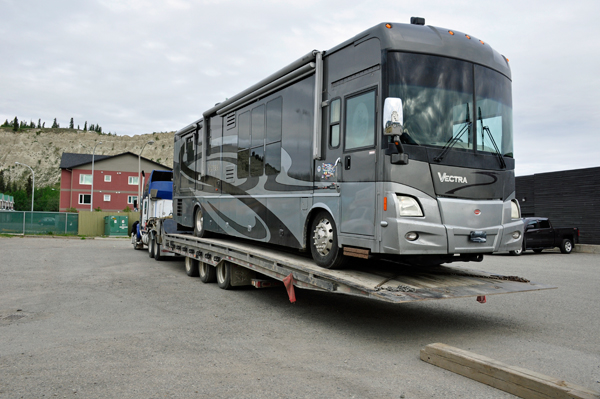 |
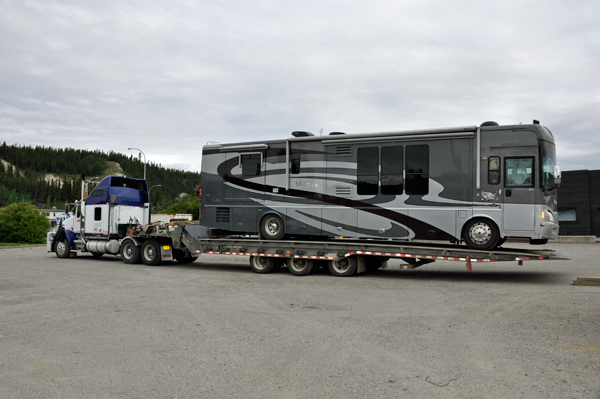 |
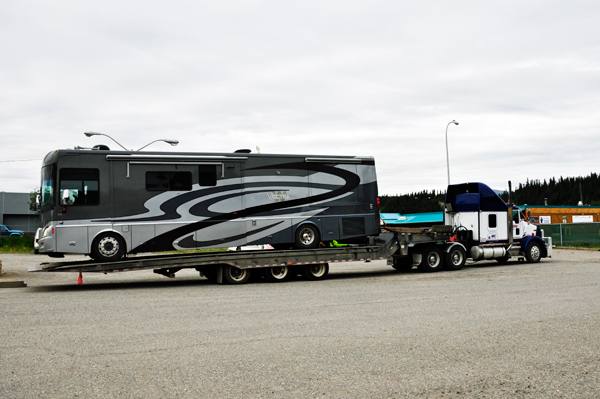 |
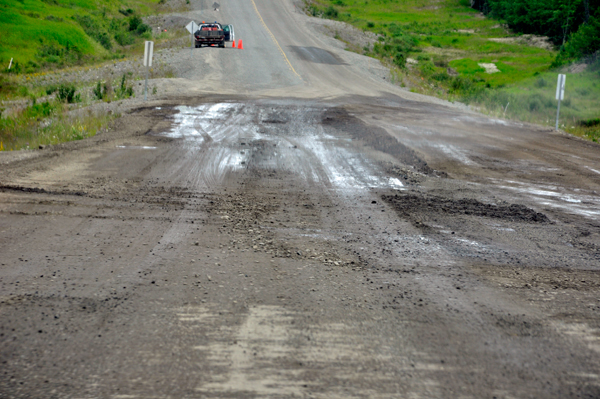 |
 Haines Junction was established in 1942 during
construction of the Alaska Highway. The first buildings here were Army barracks
for the U.S. Army Corps of Engineers. The Engineers were to build a new
branch road connecting the Alaska Highway with the port of Haines on Lynn
Canal. It was completed in 1943. Haines Junction was established in 1942 during
construction of the Alaska Highway. The first buildings here were Army barracks
for the U.S. Army Corps of Engineers. The Engineers were to build a new
branch road connecting the Alaska Highway with the port of Haines on Lynn
Canal. It was completed in 1943.
|
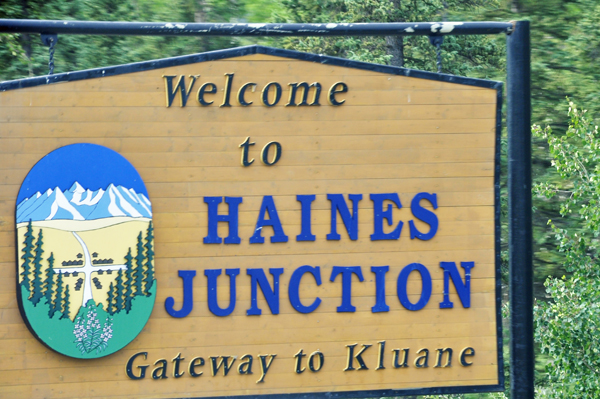 |
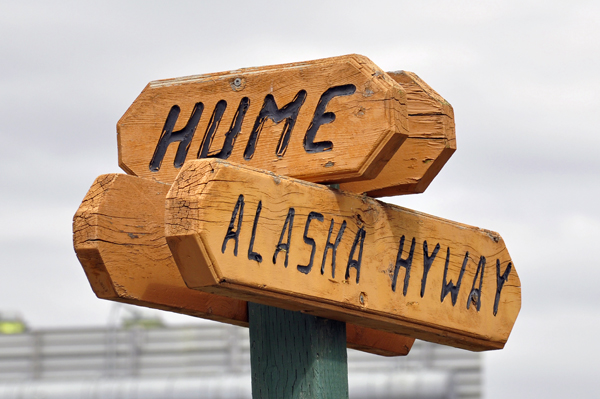 |
On the Alaska
Highway, the two RV Gypsies stopped in Haines Junction to take a look
at the Village Monument, built in 1987 and affectionately called “the
Muffin.” The sculpture has a round red base (like a cupcake
paper), a mound on top, and various protruding animals representing
local wildlife—a bear, a moose, a Dahl sheep, a wolf, and others. The
two RV Gypsies also
photographed this in 2009. Photos may be a bit different and there
will be a link back to here. |
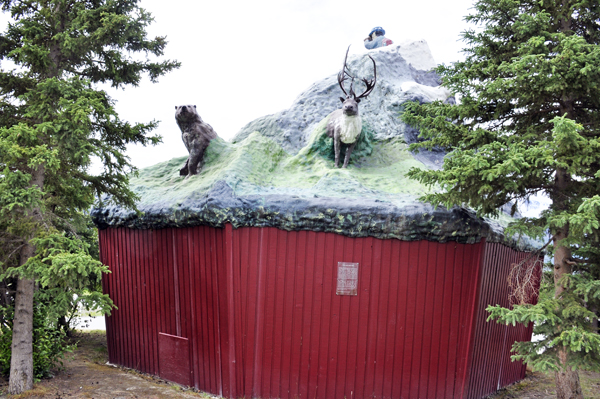 |
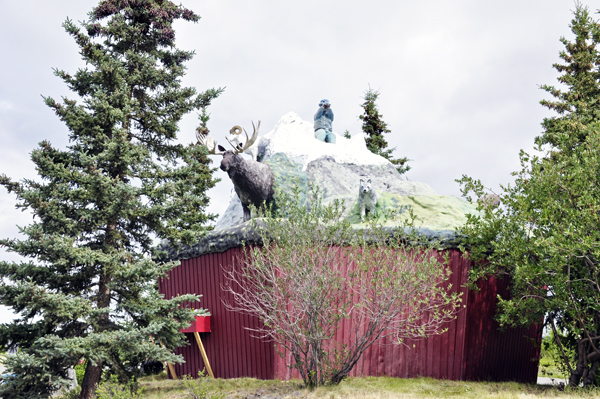 |
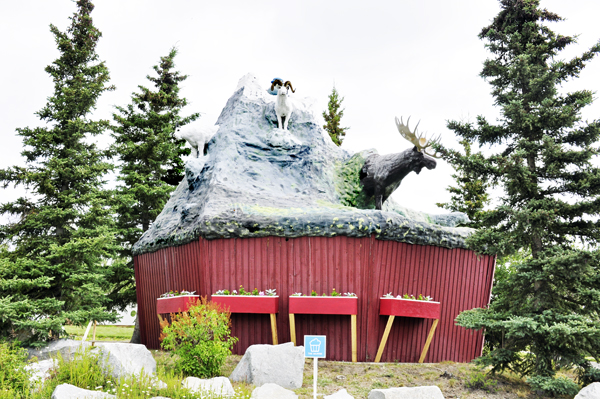 |
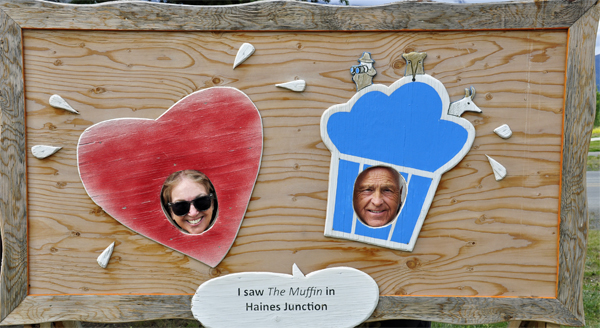 |
Below: passing
by Klune Lake - the largest lake in the Yukon and often considered one
of the most beautiful lakes in the world.
NOTE: Kluane is pronounced (Kloo-WA-nee)
|
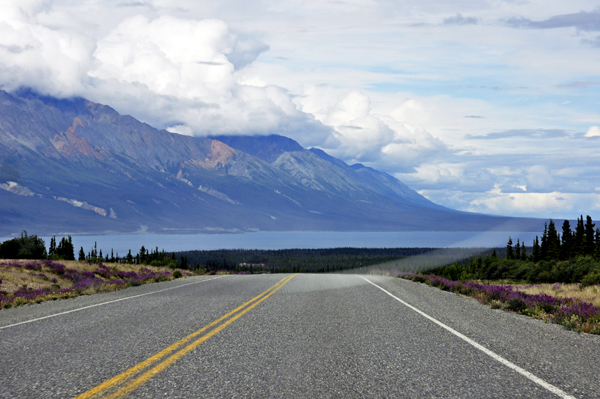 |
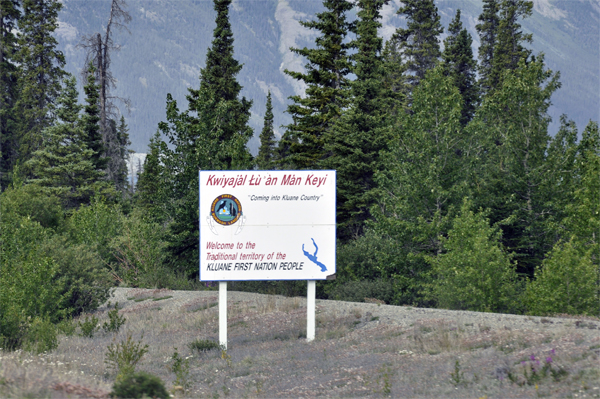 |
Lee Duquette watched as Karen Duquette got closer to Kluane Lake to take a
couple of photographs. |
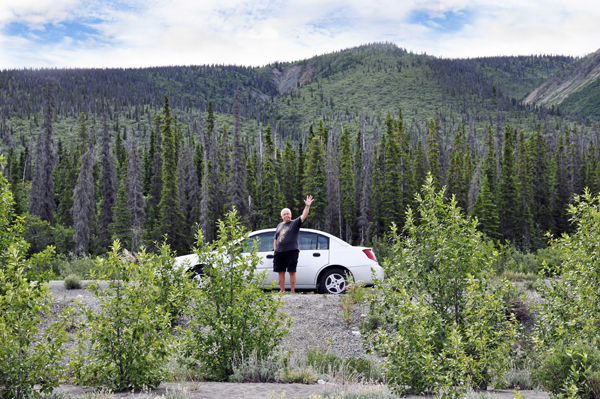 |
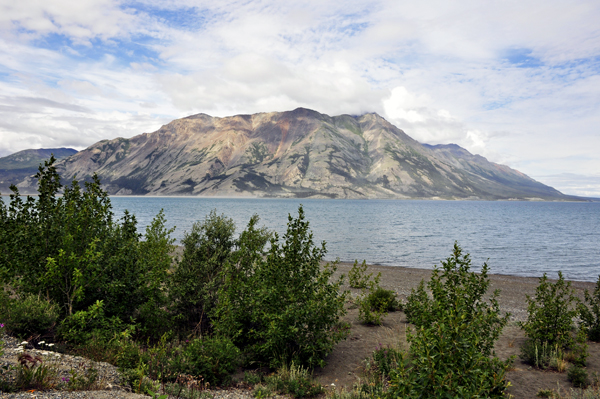 |
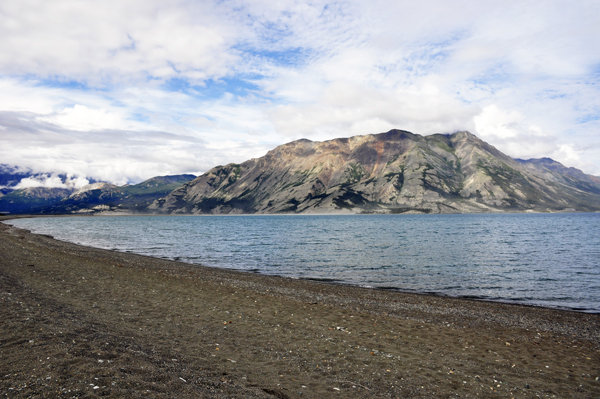 |
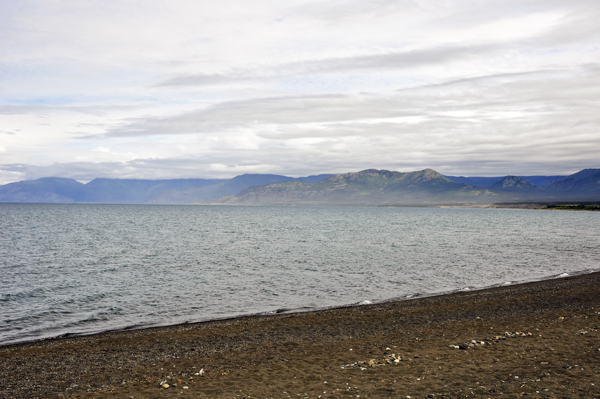 |
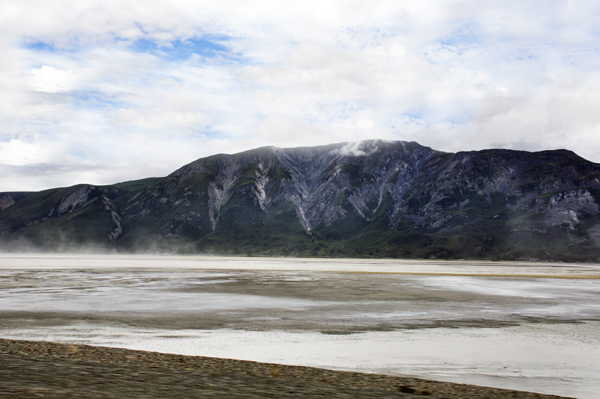 |
Below: Some
of these photos were taken through a window of the moving RV. |
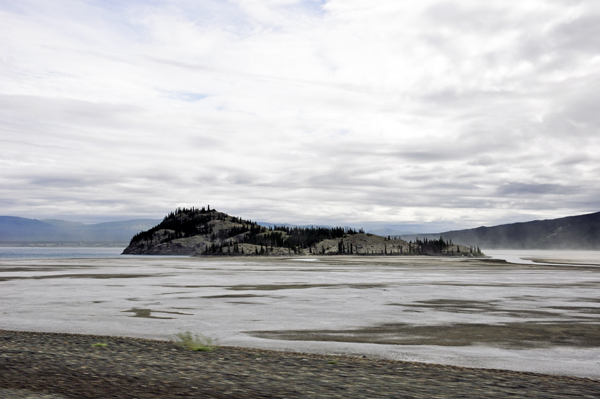 |
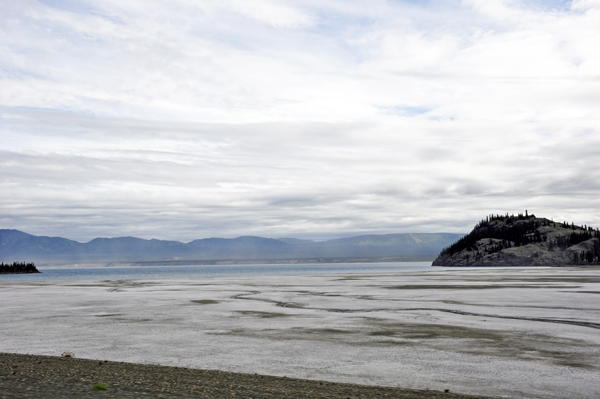 |
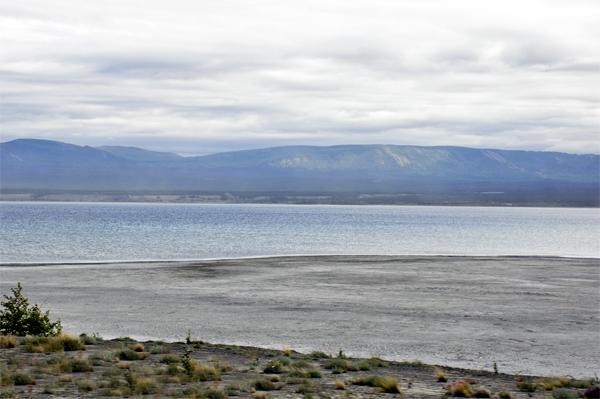 |
Below:
The next picture stop for the two RV Gypsies was Burwash Landing which
is known for its black spruce burl bowls. Burls start as an irritation
in the spruce. The tree sends extra sap as healant, which creates a
growth or burl. Burls are either "green" - harvested
from live trees in the spring, or they are "dry burls"
taken from dead burl trees. Burls are peeled of their bark and used
in their natural form as fence posts or shaped and finished into a variety
of objects such as bowls. |
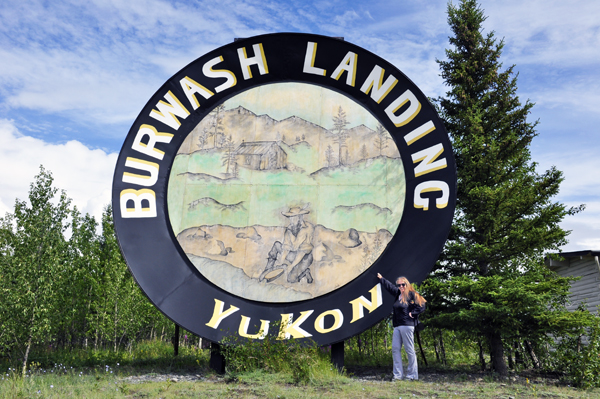 |
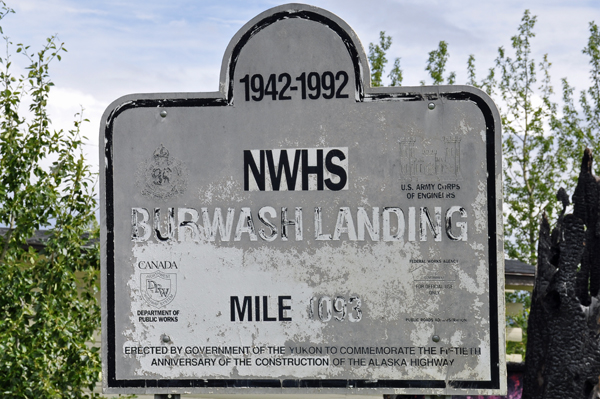 |
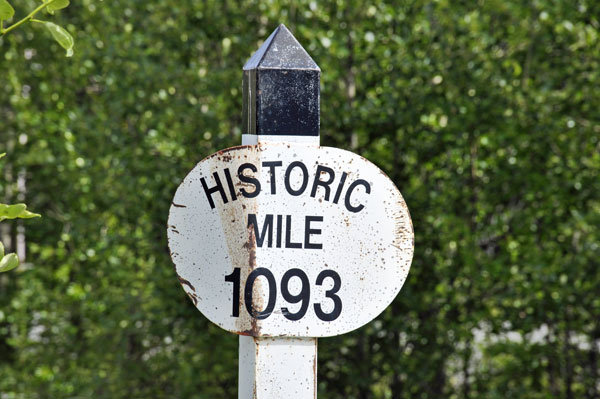 |
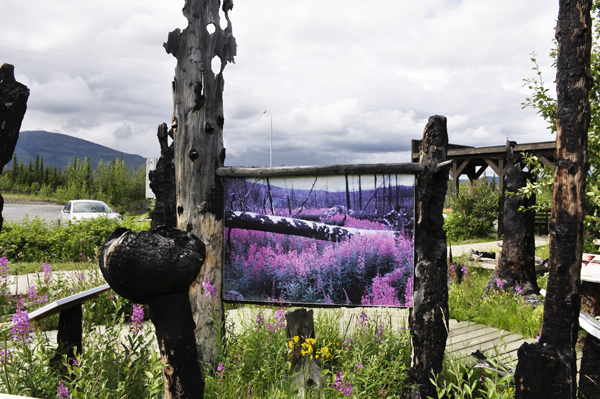 |
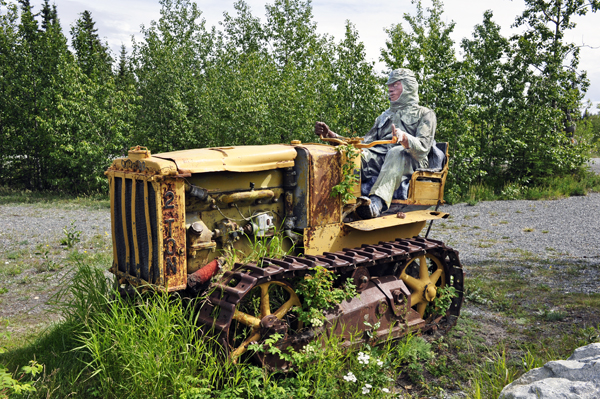 |
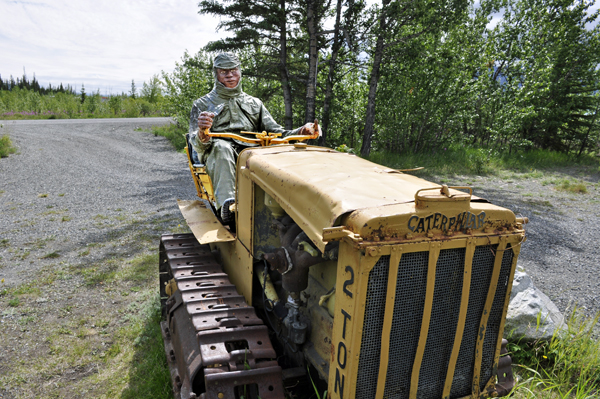 |
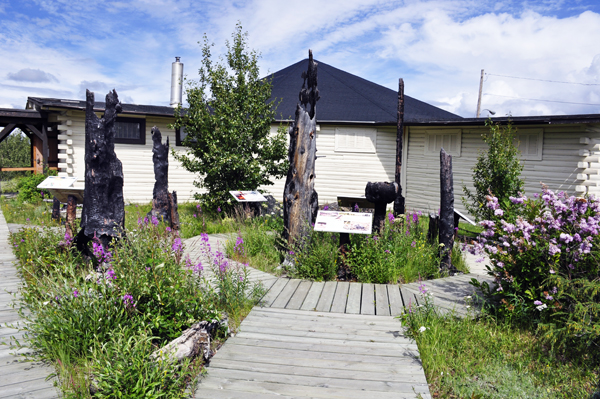 |
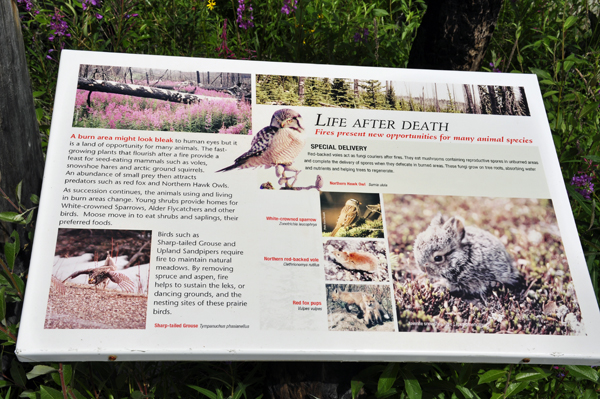 |
Below: Karen Duquette loves the fragrance of lilacs and photographs them whenever
she can. |
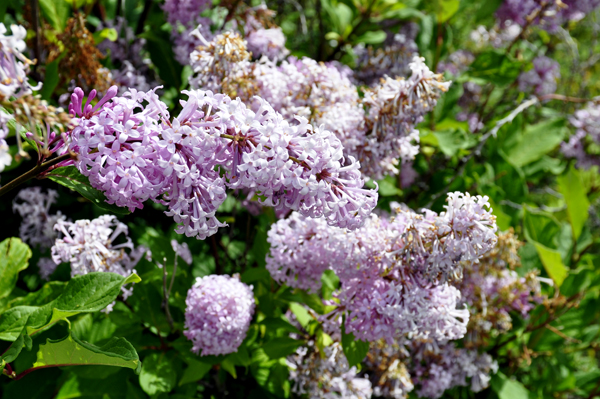 |
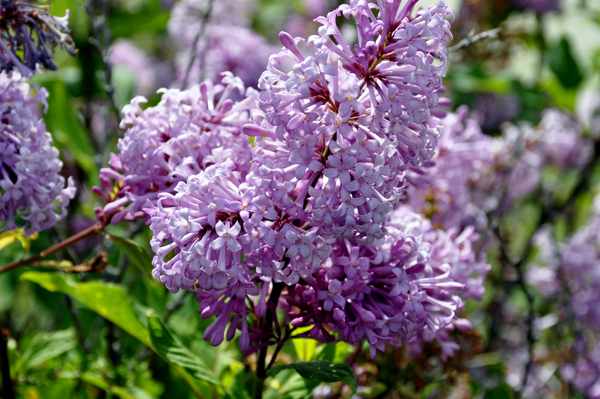 |
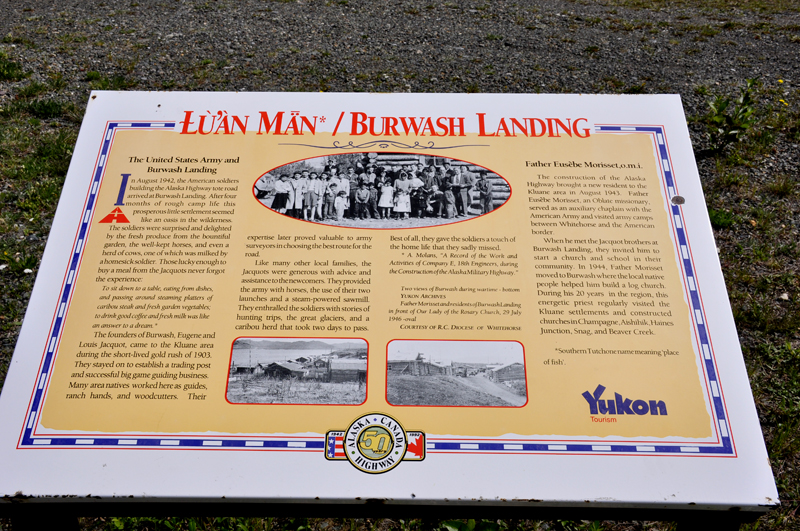 |
Below; Leaving
Burwash Landing and before reaching Pickhandle Lake and Beaver Creek,
the two RV Gypsies stopped to photograph a mama bear and her two cubs
that were in the woods by the side of the road. Karen Duquette did not
get all three in one photo, however. |
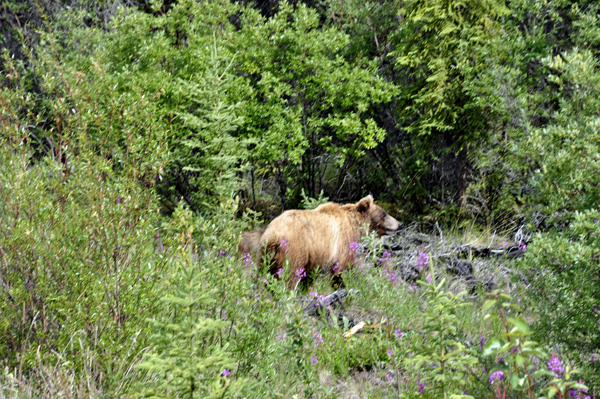 |
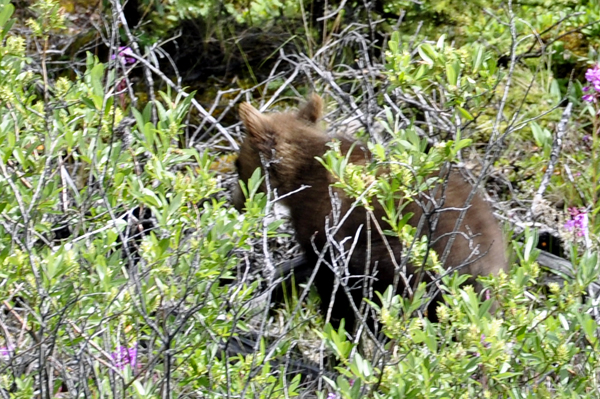 |
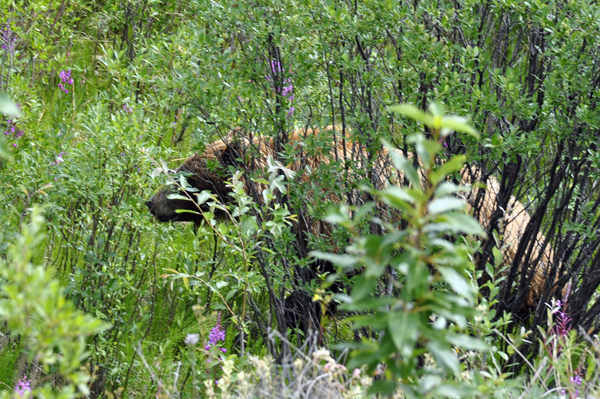 |
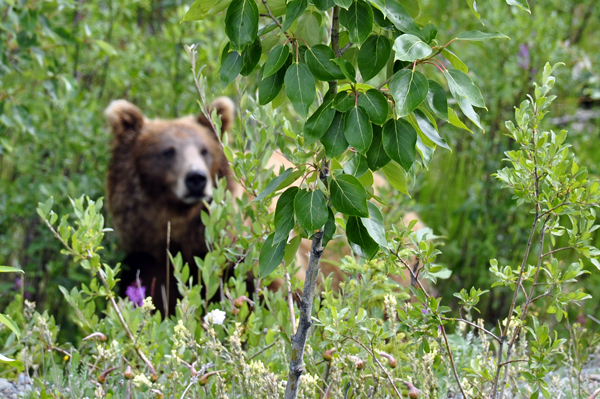 |
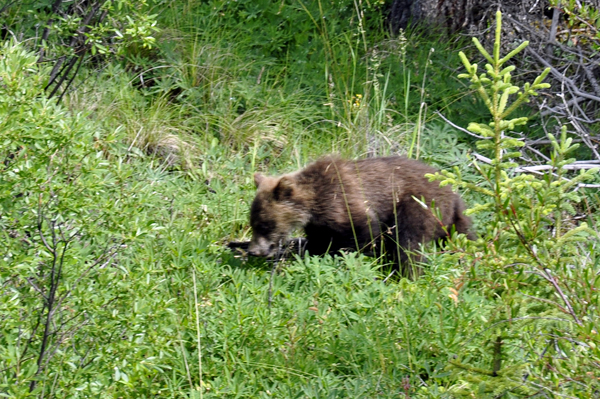 |
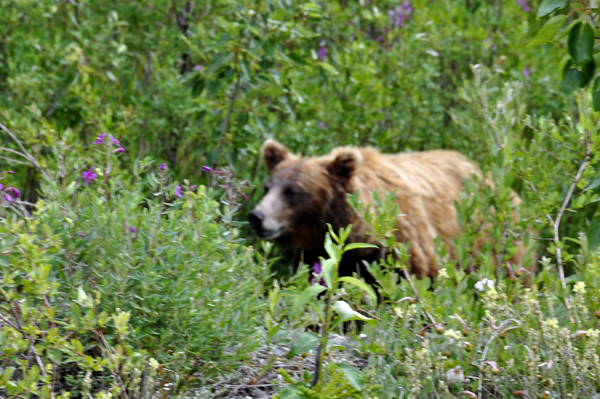 |
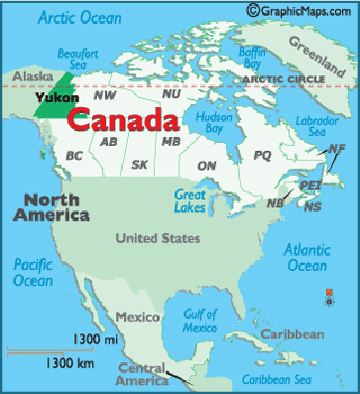
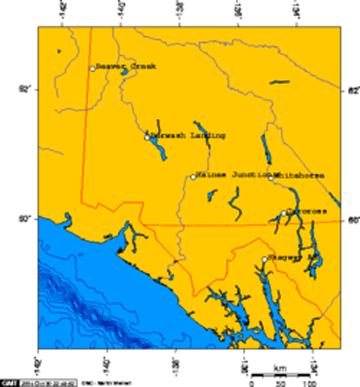





































 Haines Junction was established in 1942 during
construction of the Alaska Highway. The first buildings here were Army barracks
for the U.S. Army Corps of Engineers. The Engineers were to build a new
branch road connecting the Alaska Highway with the port of Haines on Lynn
Canal. It was completed in 1943.
Haines Junction was established in 1942 during
construction of the Alaska Highway. The first buildings here were Army barracks
for the U.S. Army Corps of Engineers. The Engineers were to build a new
branch road connecting the Alaska Highway with the port of Haines on Lynn
Canal. It was completed in 1943.
 This
travel section has been put on two pages so that photos will upload
quicker, so please
This
travel section has been put on two pages so that photos will upload
quicker, so please